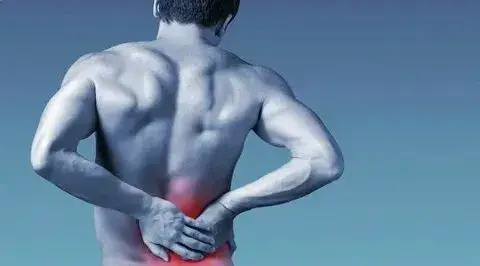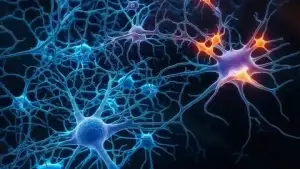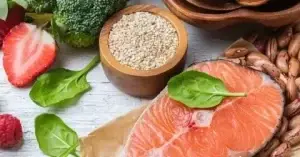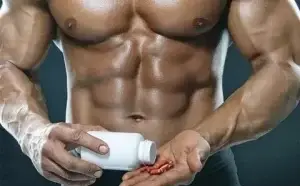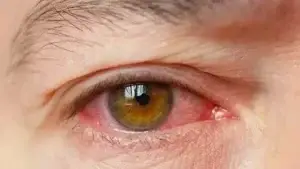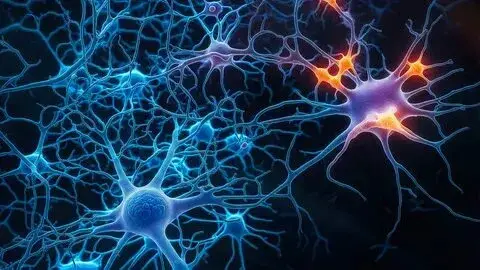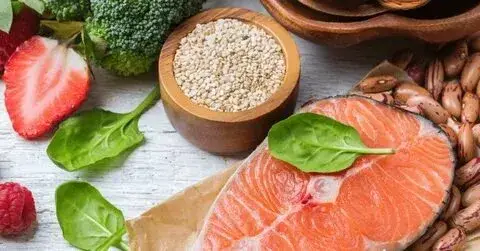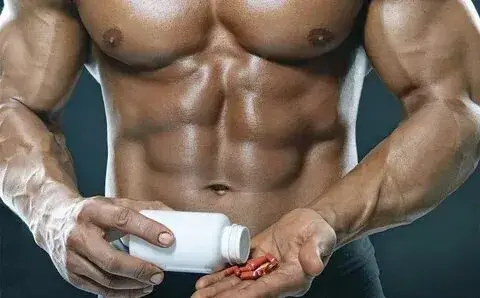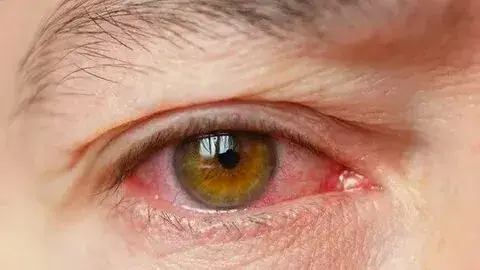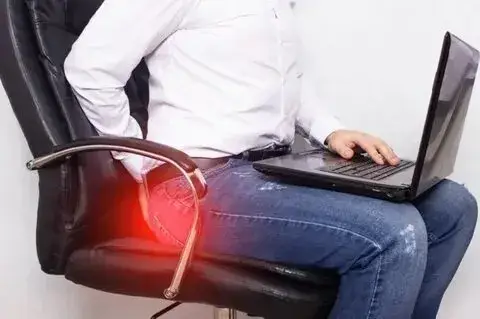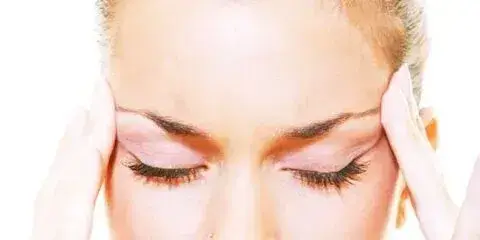Introduction
Muscle pain affects nearly everyone at some point, from elite athletes to office workers. This comprehensive 2,500+ word Health & Fitness guide explores the science behind muscle pain, evidence-based relief strategies, prevention techniques, and when to seek medical help. Whether you’re dealing with post-workout soreness or chronic muscle discomfort, this resource provides actionable solutions backed by the latest research.
Understanding Muscle Pain: Types and Causes
Acute Muscle Pain
- Delayed Onset Muscle Soreness (DOMS)
- Typically appears 24-72 hours after exercise
- Caused by microscopic muscle fiber tears
- Most common with eccentric movements (downhill running, lowering weights)
- Muscle Strains
- Grade I (mild): <5% fibers torn
- Grade II (moderate): Significant fiber damage
- Grade III (severe): Complete muscle tear
Chronic Muscle Pain Conditions
- Fibromyalgia
- Widespread musculoskeletal pain
- Often accompanied by fatigue and sleep issues
- Affects 2-4% of population (mostly women)
- Myofascial Pain Syndrome
- Trigger points causing referred pain
- Common in neck, shoulders, and back
- Often work/posture related
Systemic Causes
- Vitamin D deficiency
- Electrolyte imbalances
- Autoimmune disorders (polymyalgia rheumatica)
- Infections (influenza, Lyme disease)
The Science of Muscle Recovery
Inflammatory Process Timeline
- Initial Damage (0-6 hours)
- Neutrophils arrive at injury site
- Pro-inflammatory cytokines released
- Repair Phase (6-72 hours)
- Satellite cells activate
- New muscle fibers begin forming
- Remodeling Phase (3+ days)
- Collagen reorganization
- Strength gradually returns
Factors Affecting Recovery Speed
- Age (slower after 40)
- Sleep quality
- Nutrition status
- Hydration levels
- Training experience
Evidence-Based Pain Relief Methods
Medical Treatments
Pharmacological Options
- NSAIDs (ibuprofen – best for acute pain)
- Acetaminophen (when NSAIDs contraindicated)
- Topical analgesics (menthol, capsaicin)
- Muscle relaxants (short-term use only)
Professional Therapies
- Physical Therapy
- Therapeutic ultrasound
- Electrical stimulation
- Guided rehabilitation
- Regenerative Medicine
- PRP injections
- Prolotherapy
- Stem cell therapy (emerging)
Natural and Home Remedies
Immediate Relief Strategies
- RICE Method (Rest, Ice, Compression, Elevation)
- Ice for first 48 hours (20min every 2 hours)
- Transition to heat after acute phase
- Epsom Salt Baths
- Magnesium absorption debated
- Warm water benefits confirmed
Movement-Based Approaches
- Active Recovery
- 30-50% intensity movement
- Promotes blood flow without strain
- Foam Rolling Science
- Increases range of motion
- May reduce DOMS severity
- Best practices: 30-60 seconds per muscle group
Nutritional Support
- Tart Cherry Juice
- Contains anthocyanins
- Shown to reduce DOMS in studies
- Omega-3 Fatty Acids
- Anti-inflammatory effects
- 2-3g EPA/DHA daily recommended
- Curcumin Supplements
- Select formulations with piperine
- 500mg 2x daily for pain relief
Prevention Strategies
Exercise Modifications
- Proper Warm-Up Protocol
- Dynamic stretching > static
- 5-10 minutes minimum
- Periodization Training
- Planned recovery weeks
- Varying intensity/volume
Lifestyle Factors
- Sleep Optimization
- Muscle repair peaks during deep sleep
- 7-9 hours recommended
- Stress Management
- Cortisol impairs recovery
- Meditation, breathing exercises
Ergonomics and Posture
- Workstation Setup
- Monitor at eye level
- Feet flat on floor
- Lumbar support
- Movement Breaks
- Every 30 minutes for sedentary workers
- Simple stretches or walking
ClickBank Product Recommendations
Top-Rated Muscle Relief Solutions
- Muscle Recovery Pro – Comprehensive supplement stack
- Pain Relief Cream – Topical formula with natural ingredients
- Flexibility Training System – Video-guided prevention program
Special Populations
Aging Adults
- Sarcopenia prevention
- Balance considerations
- Joint-friendly exercises
Athletes
- Sport-specific recovery
- Competition season planning
- Overtraining syndrome signs
Office Workers
- Neck/shoulder tension relief
- Sitting disease prevention
- Deskercise routines
When to Seek Medical Attention
Red Flag Symptoms
- Pain lasting >2 weeks without improvement
- Night pain preventing sleep
- Accompanying weakness/numbness
- Swelling/redness in painful area
- Unexplained weight loss with pain
Diagnostic Tests
- Blood work (CK levels, inflammation markers)
- Imaging (MRI for soft tissue, X-ray for bones)
- EMG/NCS for nerve involvement
Myths vs. Evidence
✖ Myth: No pain, no gain
✔ Fact: Moderate discomfort normal, sharp pain bad
✖ Myth: Stretching prevents soreness
✔ Fact: Dynamic warm-ups more effective
✖ Myth: Ice baths are always beneficial
✔ Fact: May blunt strength gains if overused
Long-Term Pain Management
Mind-Body Approaches
- Cognitive Behavioral Therapy
- Biofeedback training
- Tai Chi/Qigong
Alternative Therapies
- Acupuncture
- Shown effective for chronic pain
- 6-8 sessions for best results
- Massage Therapy
- Swedish for relaxation
- Deep tissue for chronic knots
Conclusion
Effective muscle pain management requires a multifaceted approach combining immediate relief methods with long-term prevention strategies. By understanding the underlying causes and implementing these science-backed Health & Fitness solutions, you can optimize recovery and maintain pain-free movement.
For more expert health guidance, visit www.letshavehealth.com regularly.
WordPress SEO Settings
Focus Keyword: Muscle Pain Relief
Meta Description: Discover science-backed solutions for muscle pain – from acute soreness to chronic conditions. This ultimate Health & Fitness guide covers treatments, prevention, and recovery science.
Tags: Muscle pain, soreness relief, recovery strategies, DOMS treatment, pain management
Internal Links:
Affiliate Products: Integrated with ClickBank formatting
